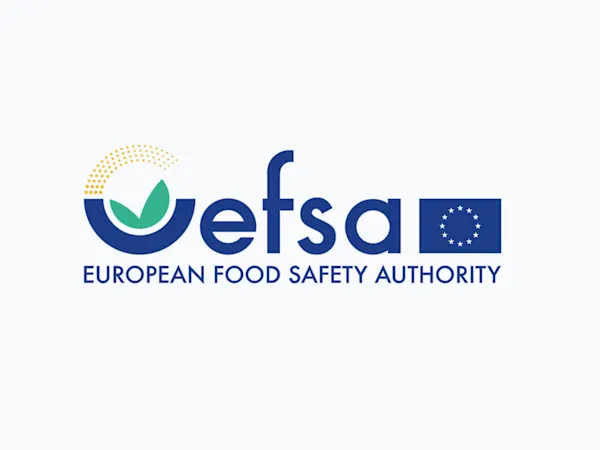
ChemSec Adds Neurotoxicants to SIN List in Landmark Step for EU Chemicals Regulation
ChemSec updates the SIN List with neurotoxicants, spotlighting brain-damaging chemicals and urging EU regulators to act swiftly on these hidden threats.


The UK Health and Safety Executive (HSE) has confirmed that phenol, alkylation products (mainly in para position) with C12-rich branched alkyl chains from oligomerisation—commonly known as para-dodecylphenol (PDDP)—meets the WHO definition of an endocrine disruptor with relevance to human health and the environment. Classified under UK REACH as Repr. 1B, Skin Corr. 1C, Eye Dam. 1, Aquatic Acute 1, and Aquatic Chronic 1, PDDP’s persistence, bioaccumulation, and oestrogenic activity raise significant regulatory and operational concerns for industries spanning automotive, marine, energy, and materials manufacturing.
PDDP, a group of alkylphenols with predominantly 12-carbon branched chains, is widely used as an intermediate in lubricant and fuel additive production—especially in calcium phenates and aryl zinc dialkyldithiophosphates (ZDDPs). These additives are critical in maintaining engine cleanliness, controlling wear, and meeting performance standards for a wide range of engines from passenger cars to large marine diesels.
The HSE’s assessment draws on mammalian toxicity studies showing reproductive effects linked to oestrogenic activity, including altered puberty timing, reduced fertility, and changes in reproductive organ weights. While environmental endocrine-disrupting thresholds could, in principle, be identified, data gaps remain—particularly for aquatic species. PDDP’s persistence and bioaccumulation mean environmental concentrations could rise over time, even if current exposure levels are not yet of concern.
At least 90% of PDDP manufactured or imported into the UK and EU is used in lubricant additives. Although manufacturing in Great Britain is now unlikely, imports—both as the raw substance and within additive packages—continue. Residual PDDP in calcium phenates has been reduced in recent years, but completely eliminating residues remains technically challenging, especially for marine and heavy-duty diesel applications.
Minor uses include phenolic resins for printing inks, tyre rubber compounding, varnishes, and oilfield dispersants. These products may contain residual PDDP, though data on release potential is scarce.
Professionals across the manufacturing value chain should be aware of several key implications:
Foresight continuously tracks 1000s of sources and maps updates to your portfolio:




ChemSec updates the SIN List with neurotoxicants, spotlighting brain-damaging chemicals and urging EU regulators to act swiftly on these hidden threats.

EFSA launches consultation on updating its Weight of Evidence and Biological Relevance guidance, aiming to streamline chemical risk assessment practices.

OECD’s new chemical data sharing guide promotes fair access, transparency, and regulatory alignment—helping companies reduce duplication and meet compliance obligations globally.
Subscribe to Foresight Weekly and get the latest insights on regulatory changes affecting chemical compliance.
Free forever. Unsubscribe anytime.
Read by professionals at